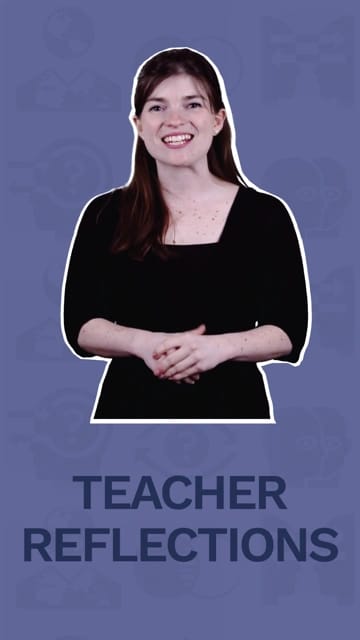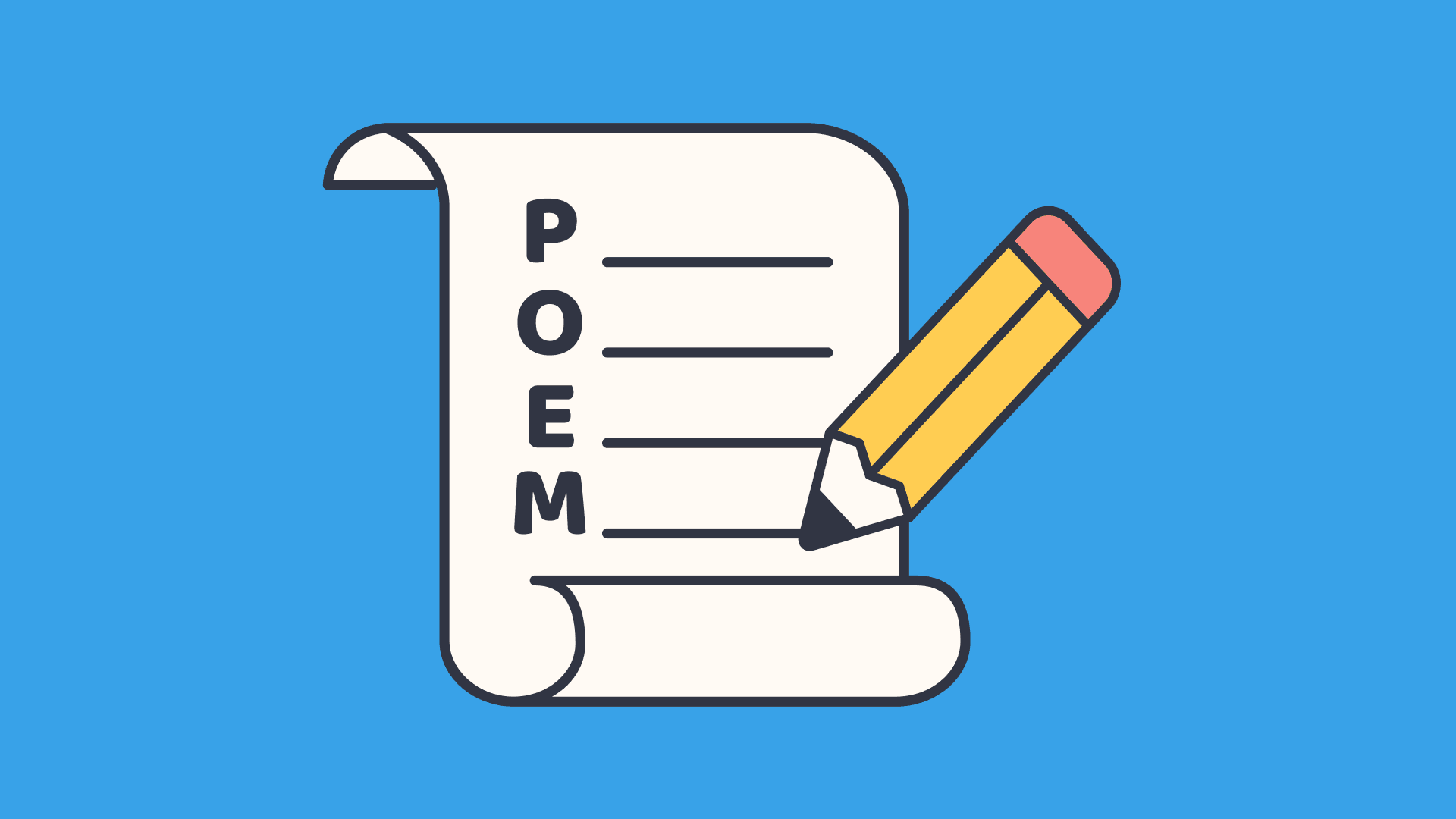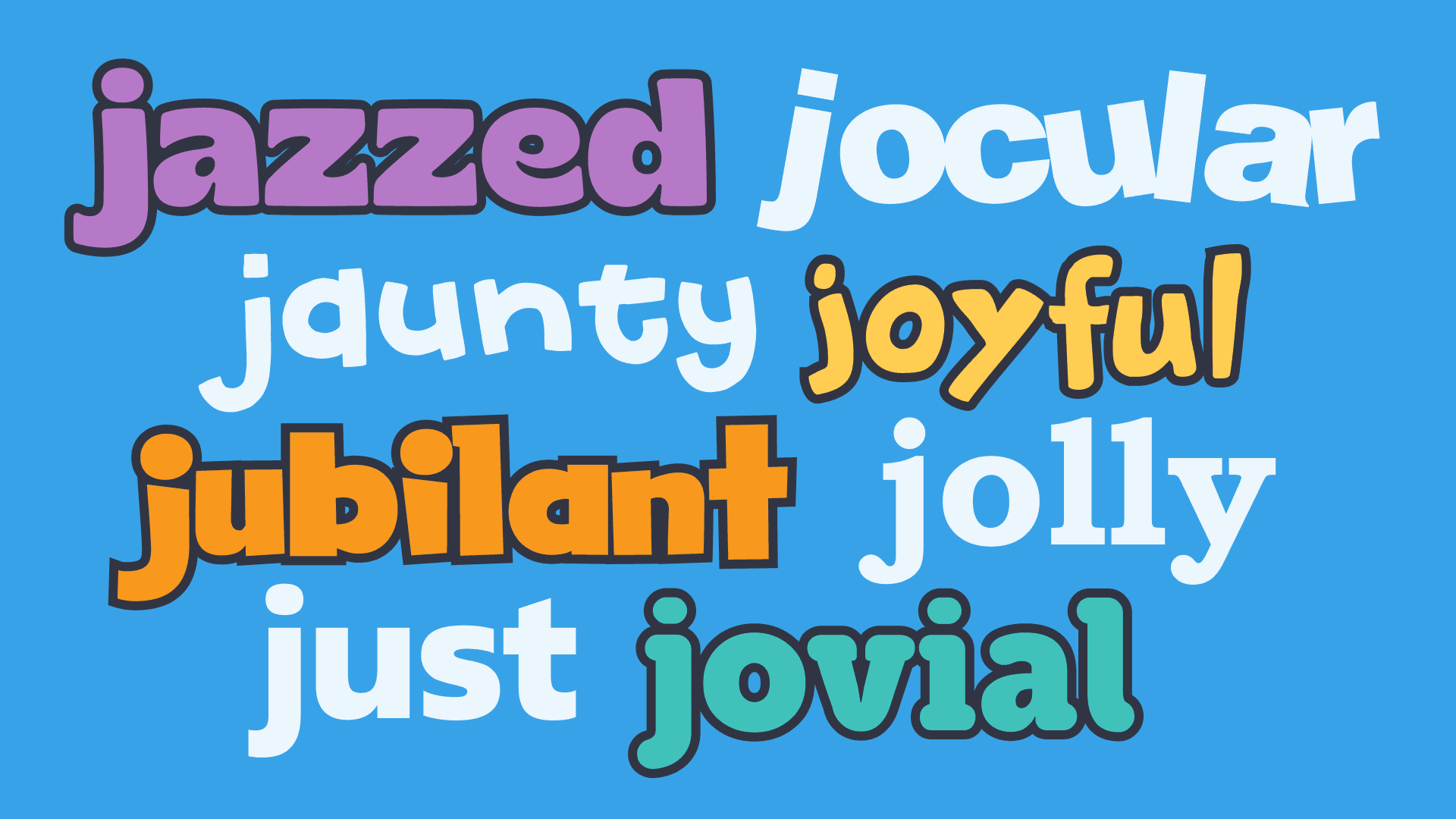11 End of school year activities to kick off summer holidays
In this guide
Your students spent all year learning, taking tests, and doing their best to grow academically. Now, summer is here, and you are ready to celebrate! Check out some activities to end the year on a high note and inspire students to keep learning over the break.
These activities are separated by celebration, reflection, and summer fun. Celebration activities are just fun ways to have a party in your classroom. Reflective activities focus on students’ thinking about the past year. Summer fun is a challenge you can give your students to continue their learning during the break. Activities are also grouped into lower primary, upper primary, and high school.
Note that some activities may be suggested for one year level, but feel free to use them with your students if you think they would be interesting.
End of school year activities for primary school
Your lower primary students are ready for summer when they have time to play and explore. Below are activities that focus on younger students’ enthusiasm for play!

Celebration activities
I scream, you scream, we all scream for ice cream! Ice cream parties are fun and tasty end-of-year celebrations.
Ice cream parties can take various forms. Each student could bring in a different ice cream treat, which they would share. Or you could have an ice cream bar where each student brings a different ingredient. Think flavours of ice cream or fun toppings. Another fun activity that I did when I was a holiday camp supervisor was having the kids make their own ice cream! There are quick and easy recipes online that kids enjoy making, and they’re delicious too. The day can get messy, so ensure you have a tablecloth and cleaning cloths nearby for a quick cleanup!
2) Off site picnics
Since recess is a favourite time of day for most students, excursions were always a fun highlight too. Students can participate in various games outside, at a local park or playground. The day can be as structured as you like. You can plan all the activities ahead of time and set up stations for each.
I preferred picnic days that allowed students to choose the activities they wanted to do, rather than having classes rotate through every activity. The day is intended to be fun, so it’s important to allow students to choose things that they find fun! Some activities included races, hula-hooping, and ballgames.
Picnic activities are sometimes competitive, but you do not need to do this if you would rather have a more fun open play session.
Reflective activities
3) Notes of thanks
Reflecting on those who deserved to be thanked for their efforts and contributions to the school year was important in my classroom. I had each student write a note to someone they wanted to acknowledge, with a quote from Dr. Seuss’ The Lorax at the top: Unless someone like you cares a whole awful lot, nothing is going to get better. It’s not.” Students then explained in their thank you note why they chose to write to that person and how they exemplify the quote.
It could be a teacher who challenged them, another member of staff who was there for them, or even a member of their family. Each note just needed to be connected to the quote.
Once all our letters were written, we would take time on the last day to share these notes and say thanks! It is a simple activity, but helping students find the moments that brought joy or made them feel thankful can help them see some positive moments in their year.
Summer fun ideas
4) Reading program challenges
A popular summer activity is a reading challenge!
Libraries and schools worldwide always want to push students to continue their reading over the break to help students engage their minds and ensure they don’t have a gap in their learning in the next school year. But challenges should be fun and make students want to complete them!
When it comes to reading challenges, think about your students and what would excite them. Is it to read a specific number of books? Is it to find a theme in what they read? Before issuing your challenge, consider what will help your students feel excited, and go from there!
It can be some work, but besides the challenge, I also provide specific recommendations for books that students might like. This will likely involve providing suggestions for books that are related to their interests. You can also check out your local library to see what reading programs they may promote for the year. Our librarians were always eager to promote these programs, along with helping provide book suggestions for teacher-led initiatives. Reading challenges are also significant for upper primary students!
Alternatively why not have students listen to and read online books like those from Vooks Storybooks. This will ensure that this activity is inclusive to a neurodiverse classroom.
5) The summer of experimentation!
I loved teaching science, so another challenge I liked to give my students was to have a summer of experimentation! This meant that students were challenged to experiment however they saw fit, and make a connection to the scientific method or engineering design process that we learned during the year.
This could be a science experiment, like building a volcano, or something simple, like “If I do this, what will happen?” The point of the challenge is to help students think inquisitively.
Of course, frame this activity with some safety precautions. Students should only do experiments in a safe environment, and sharing their experiments with an adult before they start them is best. Students can follow the same procedures as they do during the school year for at-home experiments, asking themselves:
- Does my parent or guardian know of my experiment and will support me?
- Can I complete this activity while still being physically and mentally safe?
- Can I complete this activity so that others will be physically and mentally safe?
If the activity did not meet all three requirements, they could not perform it! I also sent instructions to families so they were aware of the challenge.
End of school year activities for upper primary students
Upper primary students may be looking forward to the summer, ready to spend time with friends, or looking to learn more and practise something they are passionate about. These activities are all about piquing your students’ interests and getting them thinking.
Celebration activities

6) Class playlist
While students were completing year-end projects or taking part in celebrations, I had them make their own playlists. This involved having them submit a few songs they wanted on the playlist, screening them for appropriate language, and then putting everyone’s songs together into the playlist that would be played for everyone. They loved it, and some students especially enjoyed choosing goofy songs from their childhoods.
The technology you can access determines how you make your list. The easiest way is to have students send suggestions and then create a class playlist. You can create playlists with music apps like Spotify or Amazon Music.
Reflective activities
7) A year in review
A reflective activity I found my students enjoyed was called ‘a year in review.’ The last week of school, I had my students reflect on the things that stood out as being especially memorable and fun for them. It could be anything related to our science class, like a lab they enjoyed or an engineering design task in which they excelled.
It could be more personal too. Maybe your students made new friends or had a great trip with their family. They can write about this in addition to academics!
In some cases, you may want this activity to be private, meaning what students write is for themselves only. Or, you can tell them you’ll use it to reflect on the year yourself, collecting and reviewing their responses.
Summer fun ideas
8) Do two things that challenge you
Similar to a summer of experimentation, I wanted my students to continue challenging themselves during the summer. So I encouraged them to do just that! The challenges could be anything that they wanted, but it should be something they genuinely wanted to do, and they should reflect on how they felt before and after the challenge.
Prior to the challenge, students can reflect on:
- What is something you wanted to do but were unsure of? It could be something that frightened you or that you were unsure about.
- Why were you unsure or lacking in confidence in this task?
- Why do you want to challenge yourself now?
When they complete the challenge, they should reflect and ask themselves:
- Do you feel successful in your challenge? Why or why not?
- Did you learn something from this challenge? If so, what?
- Could you do this challenge again?
Like the summer of experimentation, this activity has some safety precautions. Students should only do challenges in a safe environment, and sharing their challenges with an adult before they start them is best. Students can use the same pre-questions as the summer of experimentation:
- Does my parent or guardian know of my challenge and will support me?
- Can I complete this activity while still being physically and mentally safe?
- Can I complete this activity so that others will be physically and mentally safe?
If the activity did not meet all three requirements, they could not perform it! I also sent instructions to families so they were aware of the challenge.
End of school year activities for secondary school
High school students are becoming mini-adults who often think of the next step in their lives, where they want to go, and who they want to be. Many of these activities focus on building that independence in students and helping them think about the future.
Celebration activities
High school students have more independence, so when it comes to celebrations, it’s important to let them decide what they want to do. Want to have a picnic? Great! Want to spend the day talking to your friends? Awesome!

9) Creating memories
Creating memories tends to be an important part of high school, especially as graduation season nears. Creating memories could involve making a class collage of photos from the year and printing it out for the class or making mini posters they could all sign and then write messages. Again, give your students freedom and some opportunity to choose for themselves.
The focus is on letting your students take the lead. They want independence, so give them the space to decide for themselves!
Reflective activities
10) Where I was, where I am now, where I want to go
In high school, students are often asked, “What do you want to do when you finish high school?” Some students have an answer immediately, while others are unsure.
At the end of the year, it’s important for high school students to think a little more deeply about this question and reflect on their past. What were they like before the start of this year? What scared them? What excited them? Who did they think they wanted to be?
Now, where are they at? Taking those same questions, what currently scares them? What excites them?
Then, in the future, what do they want to do? If they don’t know, what are some things you would want to explore more? What steps can they take to get there if they do?
For this activity, you could print the questions on a sheet and have students answer them. Some students may not want to share their answers, but it’s important to encourage them to do so as a way of talking through their reflection. If they feel comfortable, they can also share with a peer in the class to get feedback.
Summer fun ideas
11) Connecting to mentors
High school students want their independence; part of that was looking for future work or careers.
One great way to do this is connecting students to mentors or letting them know about organisations they could volunteer with and connect with to learn.
A career interest reflection activity can be done for this purpose. I recommend doing the “Where I was, where I am now, where I want to go activity.” Teachers can use this information to understand their students a little more and what their interests are.
As a follow-up, teachers can look into their interests, see if local organisations will accept volunteers, and connect with the school to see if there are mentors or affiliated organisations students could connect with.
After making these connections, you can share a personal list with each student. This could also include adding all of the interests to a class online page so they can see all of the interests and organisations represented within the class.
The main point is to connect students to organisations and potentially other people who can help them learn more about their interests, form connections, and learn more in their areas of interest.
In summary
The end of the year can be an exciting time, so no matter what you decide to do, always focus on celebrating a job well done. Even if the year may have been filled with struggles or even hardships, you and your students made it, so take the time to recognise all the hard work accomplished.

Mark Brown
briefcase iconContent/Production Consultant
Mark spent 9 years as a middle school teacher before transitioning to the educational technology field. He was formerly the US Content Lead for ClickView, and has continued with the organization as a content and production consultant, contributing to curated topic pages, educator articles, and the production of new videos.
Other posts
Want more content like this?
Subscribe for blog updates, monthly video releases, trending topics, and exclusive content delivered straight to your inbox.













